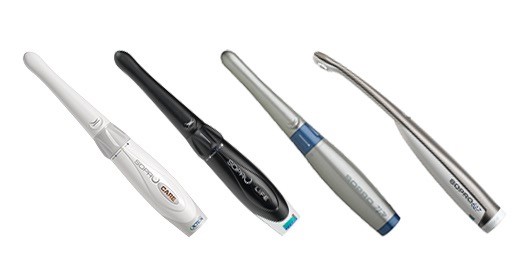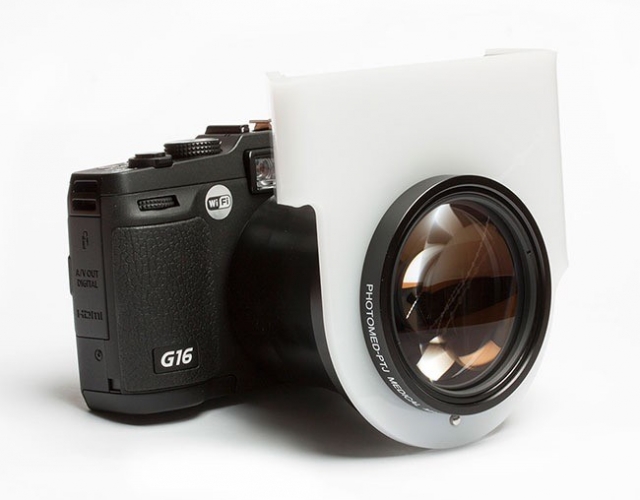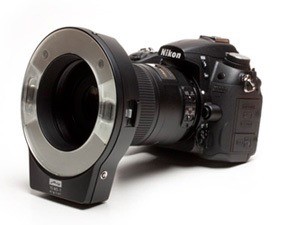What Is the Best Camera for Dental Photography?
One big question I hear from fellow dentists all the time is, “What camera should I get for my dental practice?”
In this article I’ll cover three different categories of cameras and give you some tips on choosing the right one for your practice. These three categories are the ever-popular intraoral camera, point-and-shoot cameras, and DSLR cameras. Keep reading for a break-down on each and some tips on what might be right for you. If you are in a hurry, skip to the “My Verdict” bullet for each category.
(Click here for more on how dental photography can improve case acceptance rates.)
Intraoral Cameras

These are great in that you can capture images very quickly and display them for your patient almost immediately. The down side is you can typically only get an image of a very small area; if you don’t keep track of and label all the images, they can be so small that when you go back to them at a later date you may not be sure where to look in the image. Additionally, the image quality can certainly be OK, but it is typically not stellar to say the least.
- My Verdict: Intraoral cameras are great for quick “on-the-fly” dental images and I love mine. However, if I could have only one camera, it would not be one of these unless I just could not afford something from one of the other categories.
Point-and-Shoot Cameras

These are great because they can provide much better images than your typical intraoral camera. Additionally, they are light and usually pretty easy to use; many dentists report that team members have an easy time getting comfortable with them. So what’s the trade off? Typically, point-and-shoot cameras don’t allow you to get the image quality of a DSLR. Also, they are not as expandable as a DSLR in that you can’t add different flashes and lenses.
- My Verdict: Point-and-shoot cameras have better image quality than intraoral cameras, but if finances allowed I would look at a DSLR. Keep reading and find out why.
DSLR

In general, DSLR cameras provide the best images and flexibility for dentists. The down side here is that some systems can be quite heavy and hard to use. The key word to my last statement is “some.” If you look at a system like we use in the facially generated treatment planning workshop at Spear Education, you’ll see that other DSLRs are actually super easy to use, pretty light, provide a ton of flexibility, and give fantastic images.
The secret to this system being almost as easy as point-and-shoot cameras is the fact that you have two user-defined pre-sets, so all you have to do is frame your image, focus and push the button. The secret to keeping it light is using an 85 mm lens, which is way lighter, and a super light wireless flash. If you don’t believe me just ask anyone who has transitioned to a system like this from an older DSLR with a heavier flash and lens. I can tell you my older system was way heavier and harder to use for my assistants; now they love the new system. The system used at Spear is a Nikon D7100 with an 85 mm lens and a Metz wireless flash. You can now buy this package with the new Nikon D7200 which is replacing the D7100.
- My verdict: If you have to pick just one camera pick a set-up like the one from PhotoMed mentioned above. A system like this combines the easy of a point and shoot with the improved image quality and ability to expand of DSLR.
John R. Carson, DDS, PC, Spear Visiting Faculty and Contributing Author www.johncarsondds.com
FOUNDATIONS MEMBERSHIP
New Dentist?
This Program Is Just for You!
Spear’s Foundations membership is specifically for dentists in their first 0–5 years of practice. For less than you charge for one crown, get a full year of training that applies to your daily work, including guidance from trusted faculty and support from a community of peers — all for only $599 a year.

By: John Carson
Date: November 11, 2015
Featured Digest articles
Insights and advice from Spear Faculty and industry experts


